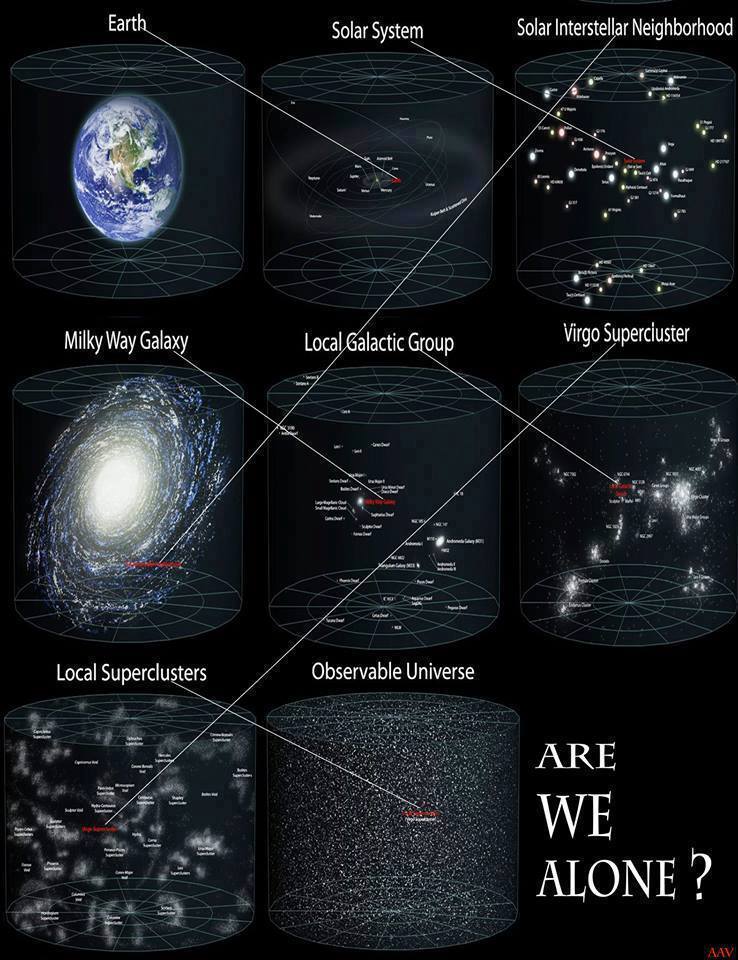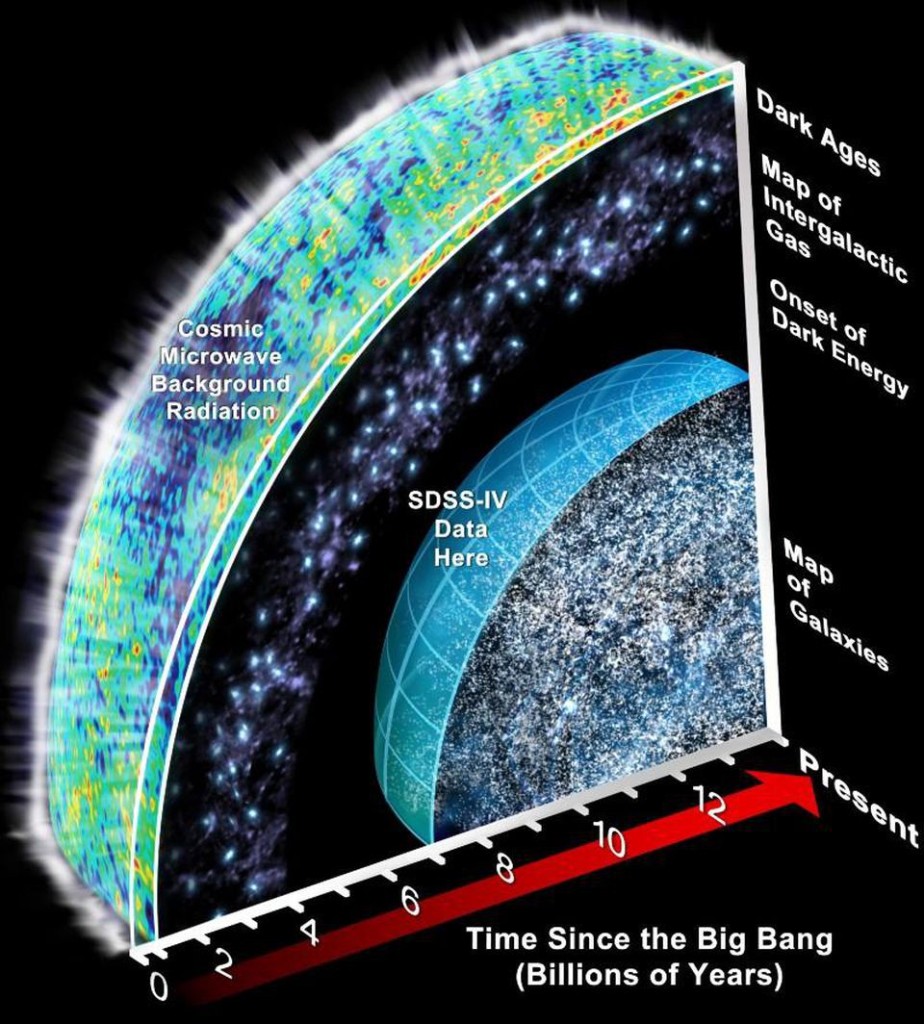


It never fails to boggle my mind whenever I think about how vast and endless our universe truly is. Our cosmic address in the universe, beginning on Earth, to within our solar system, within the Milky Way Galaxy, within our Local Galactic Group, within the Virgo Supercluster, and within our Local Superclusters, is unbelievably microscopic in comparison to the entire observable universe that we know of today.
When the Big Bang marked the birth of the universe about 14 billion years ago, not the birth of space and time, the entire universe has been nonstop expanding at the speed of light (sometimes even faster that astronomers predict to be the result of a force of “dark energy”), and the farther away we look into the distance, the further back we look in time. However, because light takes that long to reach us, we are only seeing what has happened in the past, and not anything that has happened since.
For example, the Andromeda Galaxy (third pic), Milky Way’s largest galaxy neighbor, is at 2.5 million light-years away. This means that the light that we see today from the Andromeda Galaxy has traveled 2.5 million years to reach us, and that we are looking into the past.
I find this reality rather humbling, and even saddening, as we humans have lived our whole lives considering ourselves of utmost significance and importance. We are so inconceivably minuscule in the grand scale of the endless space that surrounds us and by the time any light reaches Earth to inform us of any changes within the universe, we very well likely may not even be around to witness it.









 KING MIDAS AT LAURAL PARK AKA MIDAS PARK IN HIS HOMETOWN OF CYPRESS CALIFORNIA
KING MIDAS AT LAURAL PARK AKA MIDAS PARK IN HIS HOMETOWN OF CYPRESS CALIFORNIA

